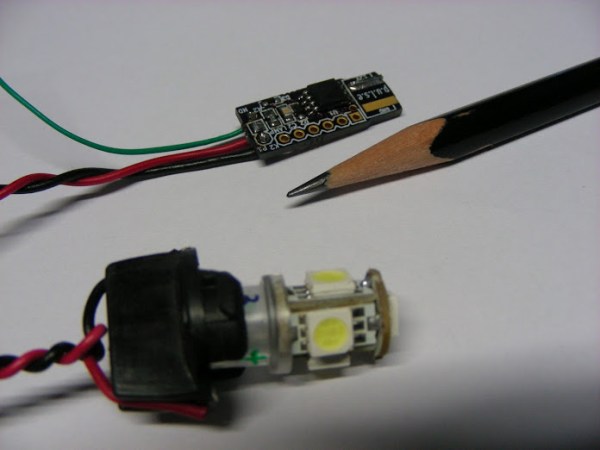
We know a lot of hackers will be heading to Maker Faire next weekend. If you find yourself passing through Mesa, AZ on your way or you’re a local hacker enthusiast then please feel compelled to drop by HeatSync Labs on May 15th between the hours of 5pm and 9pm for an informal gathering. You will get to meet HeatSync Labs hackerspace members and The Tymkrs (Whiskers and Addie) who are founders of The Rabbit Hole hackerspace in Rochester, Minnesota. Sorry for the late notice, I thought it would be a great opportunity to organize an impromptu hacker meetup in order to include The Tymkrs as they pass through town on their epic summer road trip.
If people have a project or photos of a project they’re working on I would enjoy hearing all about it and I’m sure others would as well. I’m looking forward to visiting everyone that can attend!
For those who show up early there should be plenty of pizza, soda and Hackaday swag to go around. I’d like to thank the members of HeatSync Labs for kindly letting me schedule a Hackaday style meetup at their hackerspace on such short notice. There will be some food and drink so don’t be too late or you might go hungry.
Meetup address: HeatSync Labs 140 West Main St. Downtown Mesa, AZ

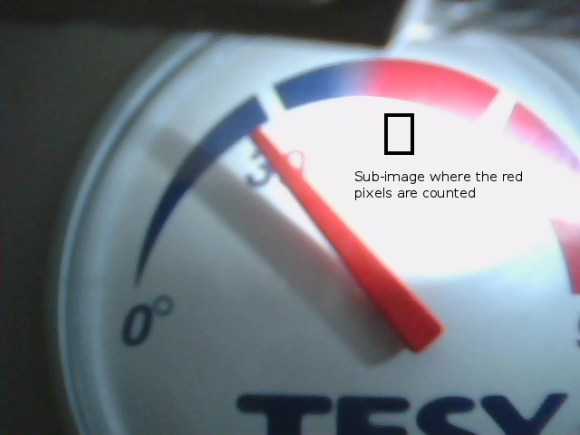
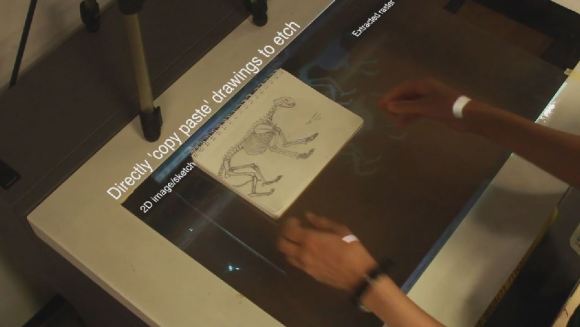
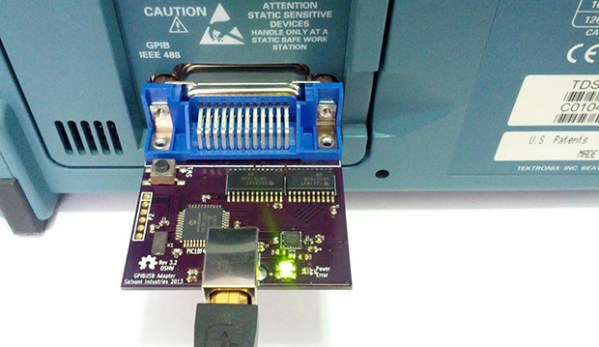
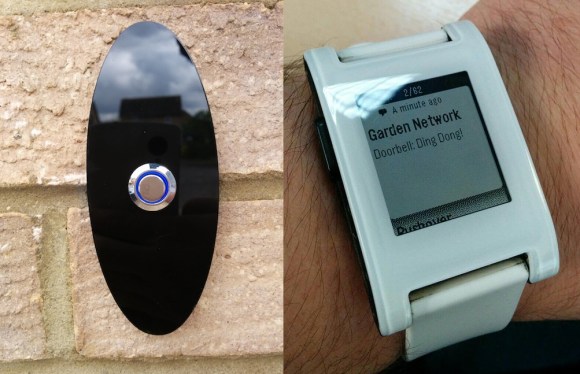
 In the interest of the scientific method [Feynmaniac] (great name, btw) over on Instructables
In the interest of the scientific method [Feynmaniac] (great name, btw) over on Instructables 